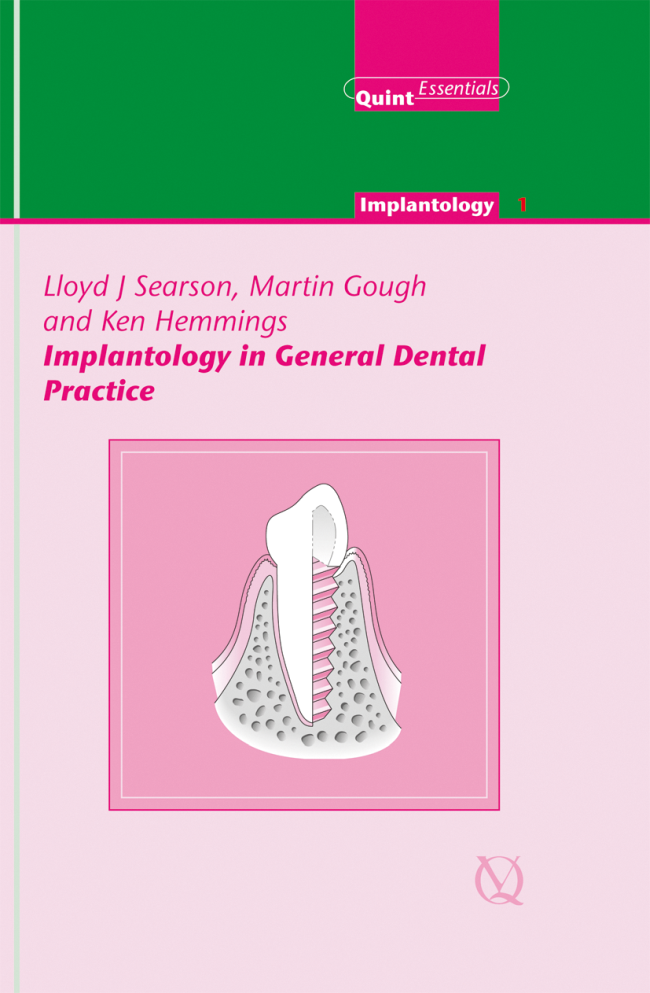The International Journal of Prosthodontics, 2/2001
Pages 152-158, Language: EnglishDaoudi, M. Firas / Setchell, Derrick J. / Searson, Lloyd J.Purpose: This laboratory study investigated the accuracy of four implant impression procedures using two impression techniques and two different materials.
Materials and Methods: A master model was used to produce 40 different stone casts incorporating laboratory implant or abutment analogues from the different combinations of two impression techniques (the repositioning impression coping technique at the implant level and the pickup impression technique at the abutment level) and materials (President polyvinyl siloxane and Impregum F polyether). Variations in the resulting working casts were measured using the Reflex Microscope to derive distances and angles from the three-dimensional coordinates of optical targets that were attached to a test coping placed on the implant analogue and on a reference device positioned on the occlusal surfaces of the casts.
Results: The results showed greater variations in analogue position with the repositioning impression technique than with the pickup technique. The rotational errors were large enough to be of clinical concern. No significant differences were found between polyvinyl siloxane and polyether impression materials for the two tested types of impression techniques.
Conclusion: The repositioning impression technique at the implant level can produce less predictable results than the pickup technique at the abutment level. The choice of impression material made no significant difference.




